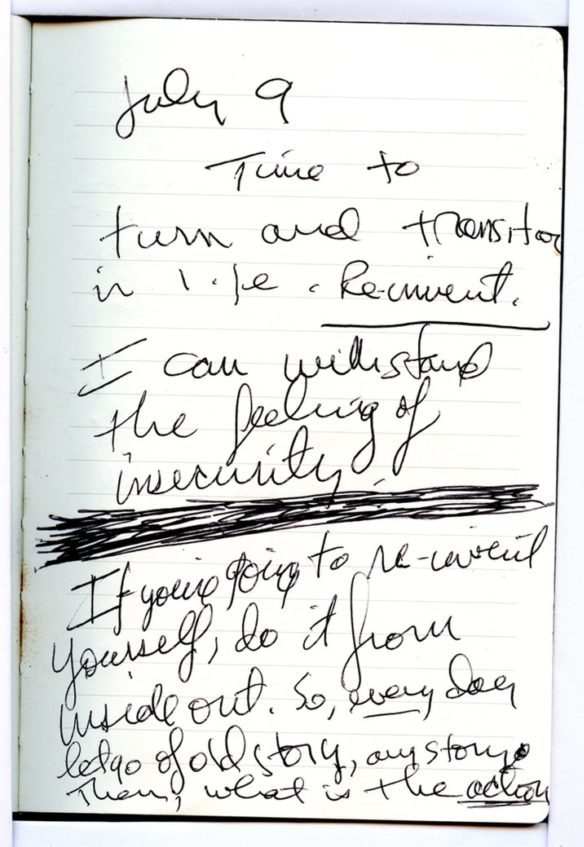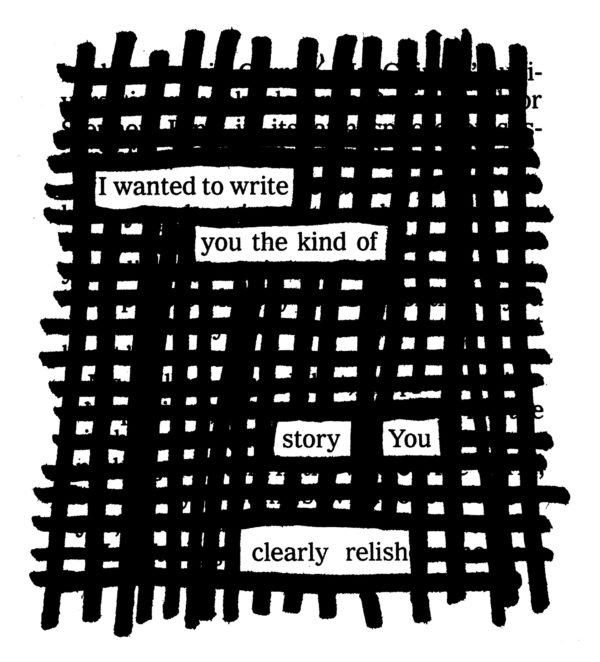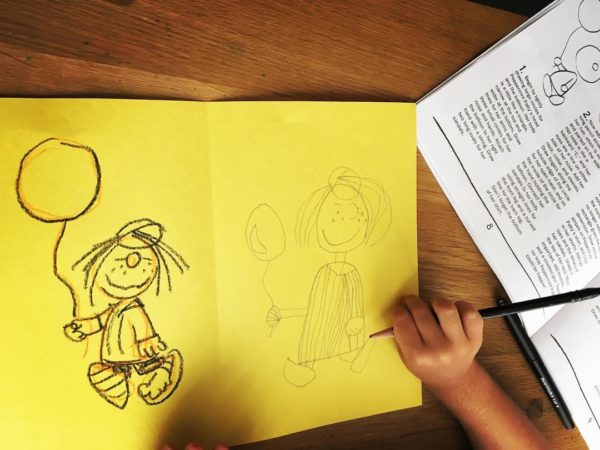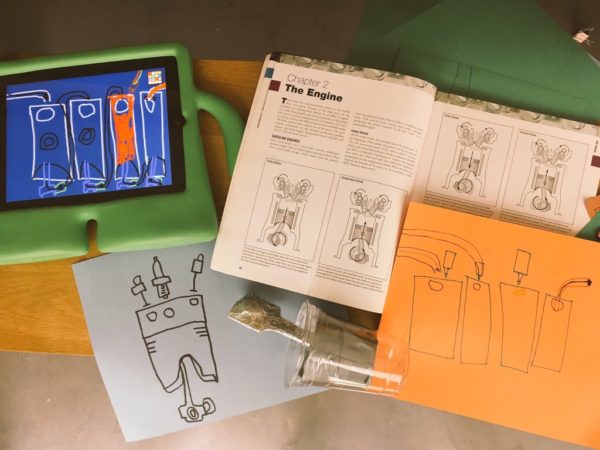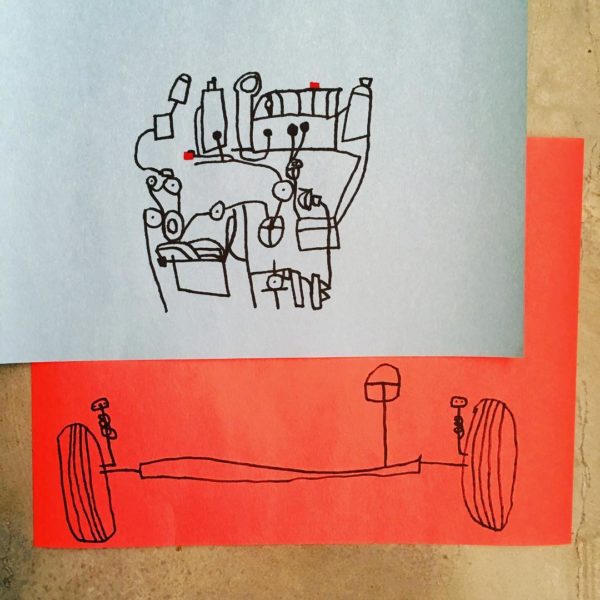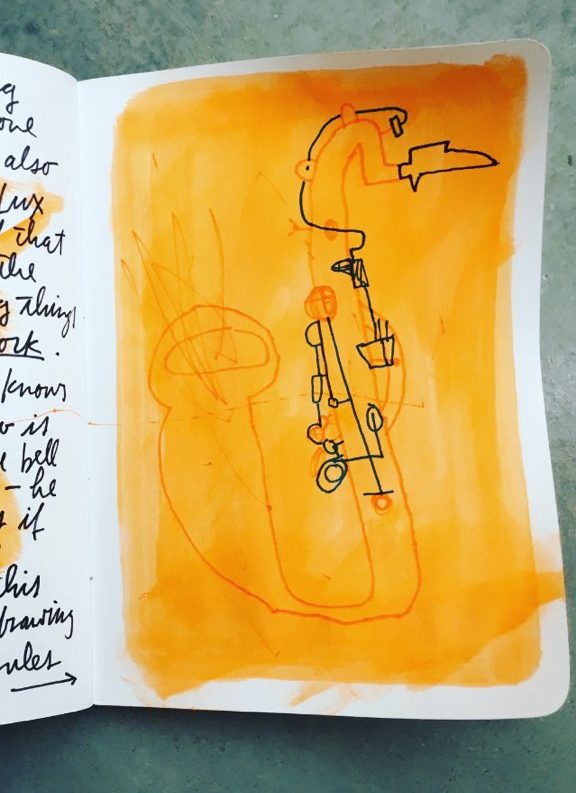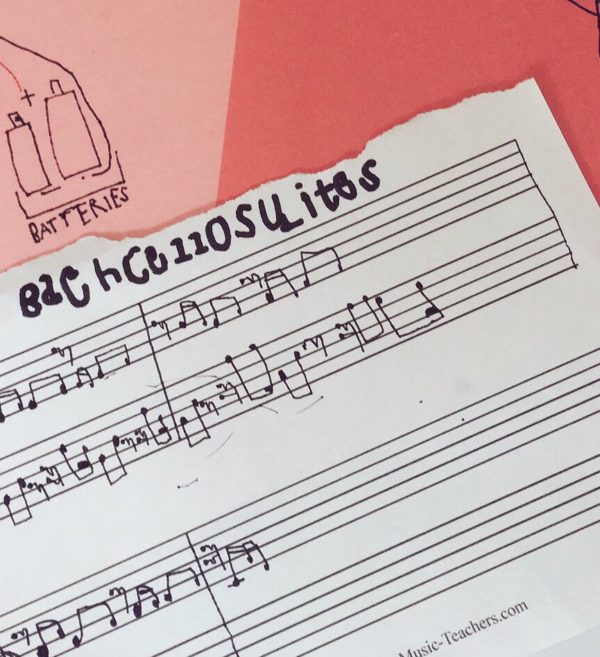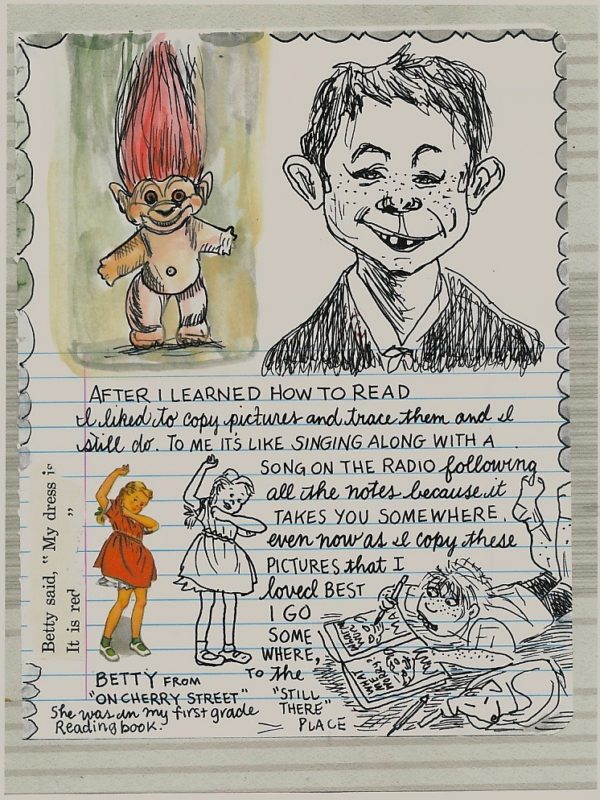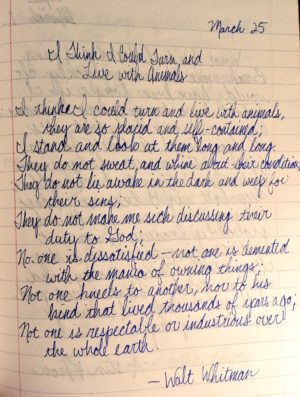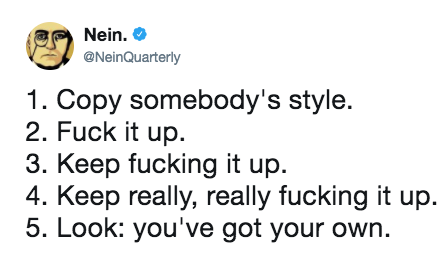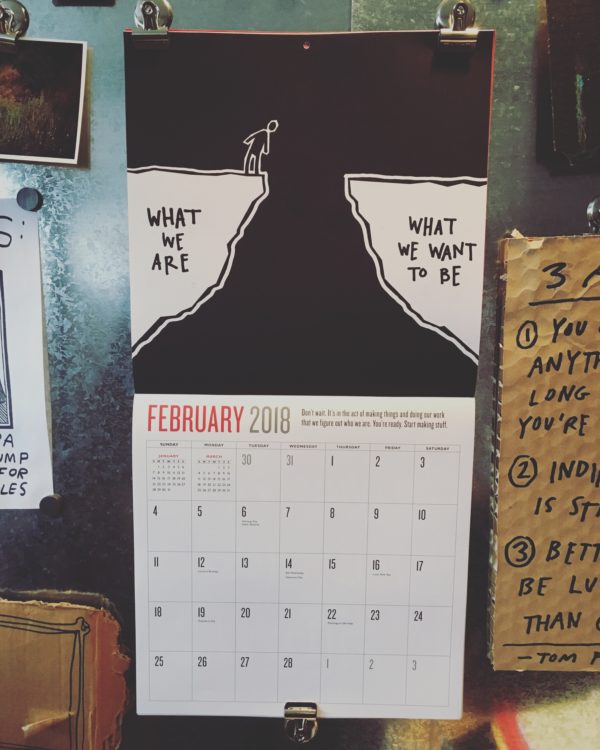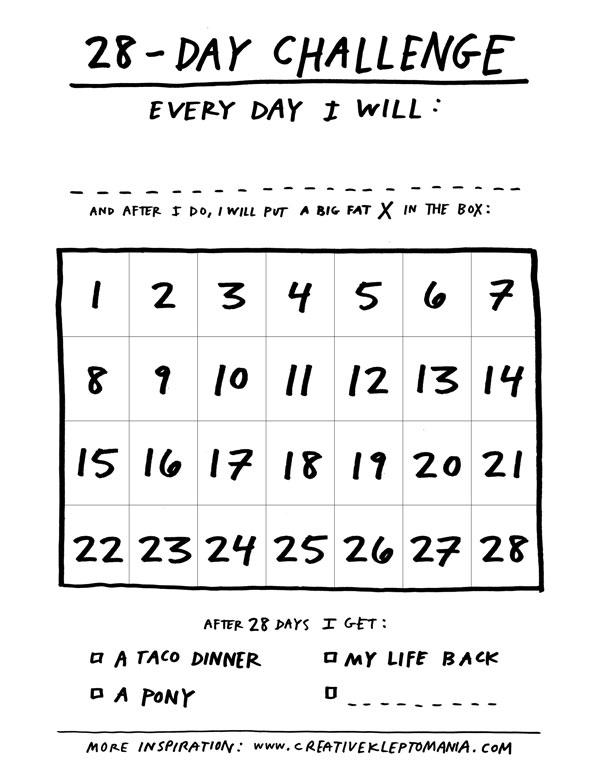I’m finishing up The Zen Diaries of Garry Shandling. Clocking in at 4 1/2 hours, the documentary presents a portrait of a man never satisfied, always searching, sort of modeling his career and life on Samsara, the endless cycle of death and rebirth.
Shandling’s diary entries are presented in little snippets throughout the documentary, and one of the of the things I wished for when watching is a longer, closer look at the pages. This morning I discovered that Garry’s friends have been posting them on his revived Twitter feed.
Shandling owed a great debt to George Carlin, who gave him encouragement when he was first starting out. Shandling adopted Carlin’s attitude towards cycles and reinvention. (Carlin famously threw out material and started fresh every year.)
What they both figured out is that the easiest way to re-invent yourself is to find something new to learn.
My book Show Your Work! is basically about learning in public — allowing people to sort of look over your shoulder as you’re working — and in chapter 10 I quote Milton Glaser, who said, “Whenever Picasso learned how to do something, he abandoned it.”
The video that quote is taken from is basically a summary of Shandling’s career, and it’s so good that I’ve transcribed a huge portion of it below (emphasis mine):
When I talk to students about the distinction between professionalism and personal development, I very often put it this way: In professional life, you must discover a kind of identity for yourself, that becomes a sort of trademark, a way of working that is distinctive that people can recognize. The reason for this is that the path to financial success and notoriety is by having something that no-one else has. It’s kind of like a brand, one of my most despised words.
So what you do in life in order to be professional is you develop your brand, your way of working, your attitude, that is understandable to others. In most cases, it turns out to be something fairly narrow, like ‘this person really knows how to draw cocker spaniels,’ or ‘this person is very good with typography directed in a more feminine way,” or whatever the particular attribute is, and then you discover you have something to offer that is better than other people have or at least more distinctive. And what you do with that is you become a specialist, and people call you to get more of what you have become adept at doing. So if you do anything and become celebrated for it, people will send you more of that. And for the rest of your life, quite possibly, you will have that characteristic, people will continue to ask you for what you have already done and succeeded at. This is the way to professional accomplishment–you have to demonstrate that you know something unique that you can repeat over and over and over until ultimately you lose interest in it. The consequence of specialization and success is that it hurts you. It hurts you because it basically doesn’t aid in your development.
The truth of the matter is that understanding development comes from failure. People begin to get better when they fail, they move towards failure, they discover something as a result of failing, they fail again, they discover something else, they fail again, they discover something else. So the model for personal development is antithetical to the model for professional success. As a result of that, I believe that Picasso as a model is the most useful model you can have in terms of your artistic interests, because whenever Picasso learned how to do something he abandoned it, and as a result of that, in terms of his development as an artist, the results were extraordinary. It is the opposite of what happens in the typecasting for professional accomplishment.
Yesterday, Dan Pink posted a video with Whitney Johnson, author of Build an A-Team. She says:
Every single person is a learning machine. You want the challenge of trying something new, figuring out how to do it, mastering it, and then starting all over again. You want to Learn, Leap, and Repeat.
As I wrote in Show:
When you feel like you’ve learned whatever there is to learn from what you’re doing, it’s time to change course and find something new to learn so that you can move forward. You can’t be content with mastery; you have to push yourself to become a student again.
So, perhaps, instead of asking that dreaded question, “What next?” turn it into this question: “What do you want to learn?”
Works whether you’re 5-years-old or 85-years-old.
